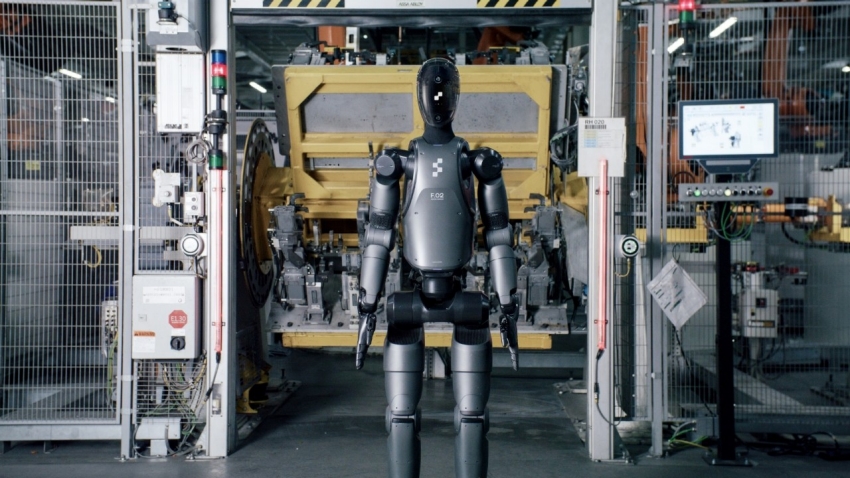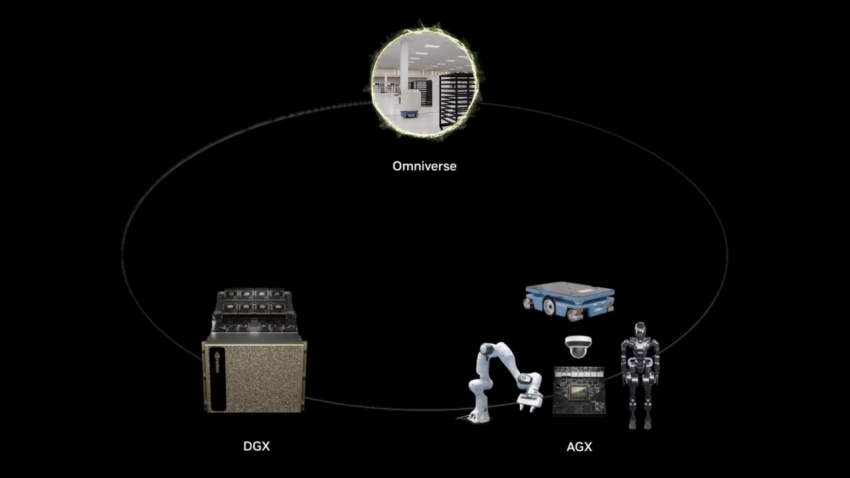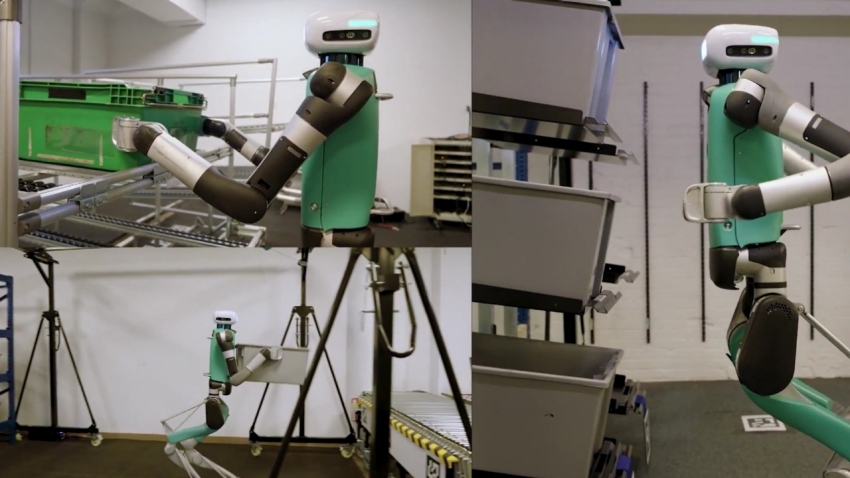General-purpose humanoid robots are designed to quickly adapt to existing human-centered urban and industrial workspaces, undertaking tedious, repetitive, or physically demanding tasks.
These robots are moving from factory floors to healthcare institutions, assisting humans through automation and alleviating labor shortages.

However, building humanoid robots involves multi-layered complexities and faces tough engineering challenges, which cover aspects such as simulating human perception, degrees of freedom, dexterity, mobility, cognitive functions, and whole-body coordination and control.
This requires accelerating the development of robotics research and technologies, and driving breakthroughs in key technologies such as artificial intelligence (AI), machine learning, physics-based simulation, sensor technology, and mechatronics.
NVIDIA is developing accelerated systems, blueprints, tools, services, algorithms, and other robotics technologies to build general-purpose robots that meet humanoid form specifications.


Humanoid robots need autonomous perception, planning, and action in specific environments (requiring real-time massive data processing and training/simulating/deploying "brain" foundation models), supported by three NVIDIA AI systems: DGX™ for model training, OVX™ for synthetic data and simulation, and edge computers like Jetson Thor™ for real-time computing on physical robots.